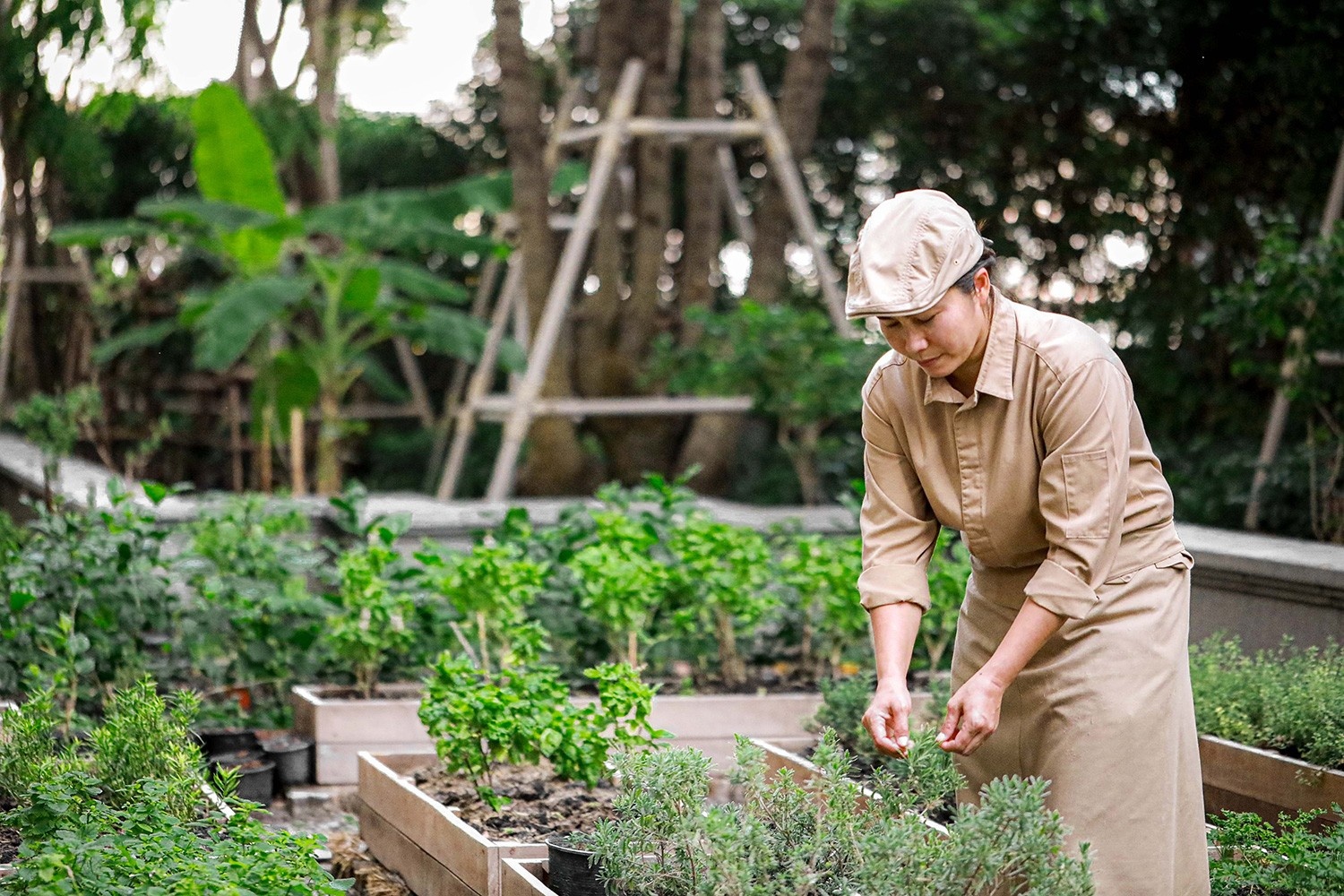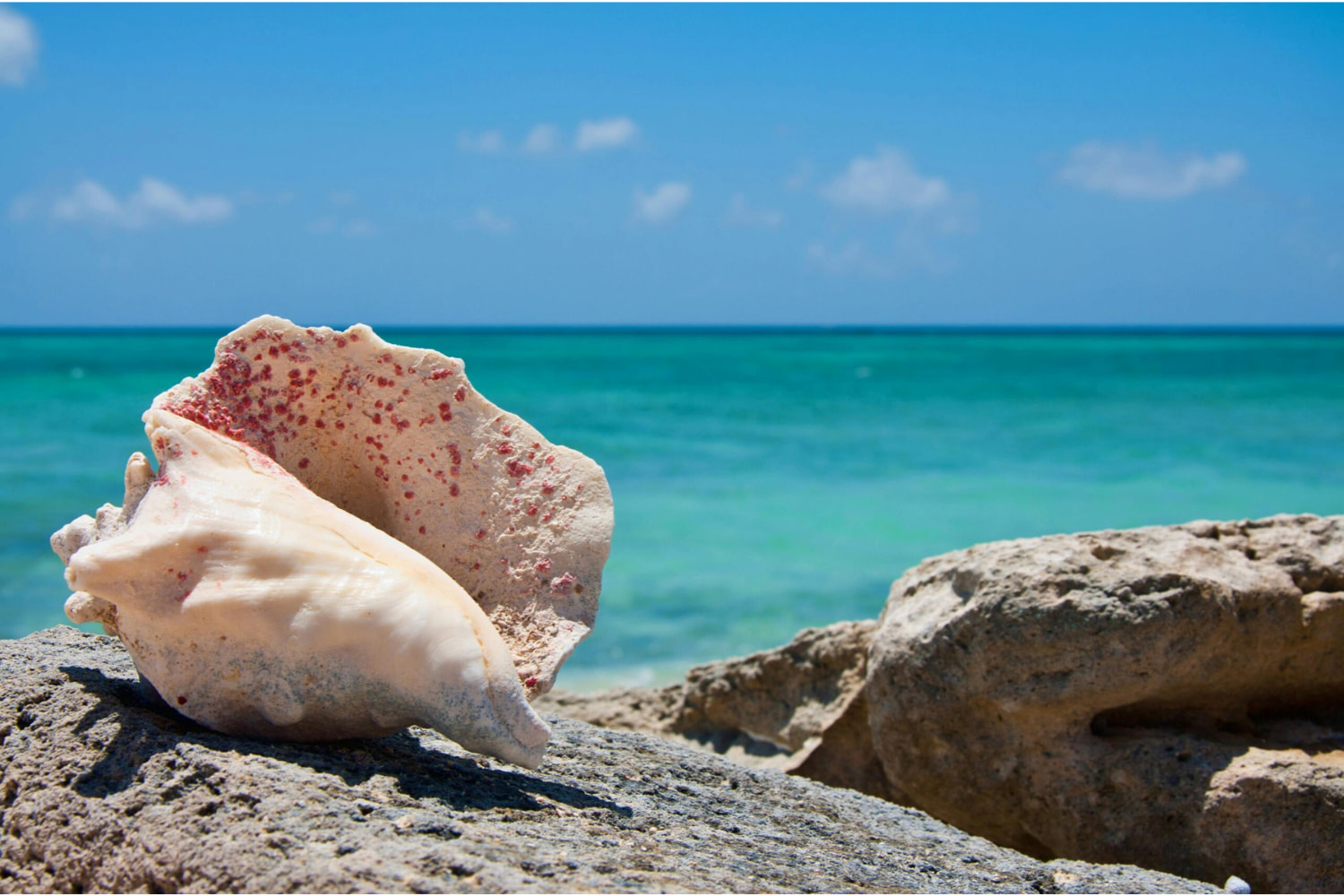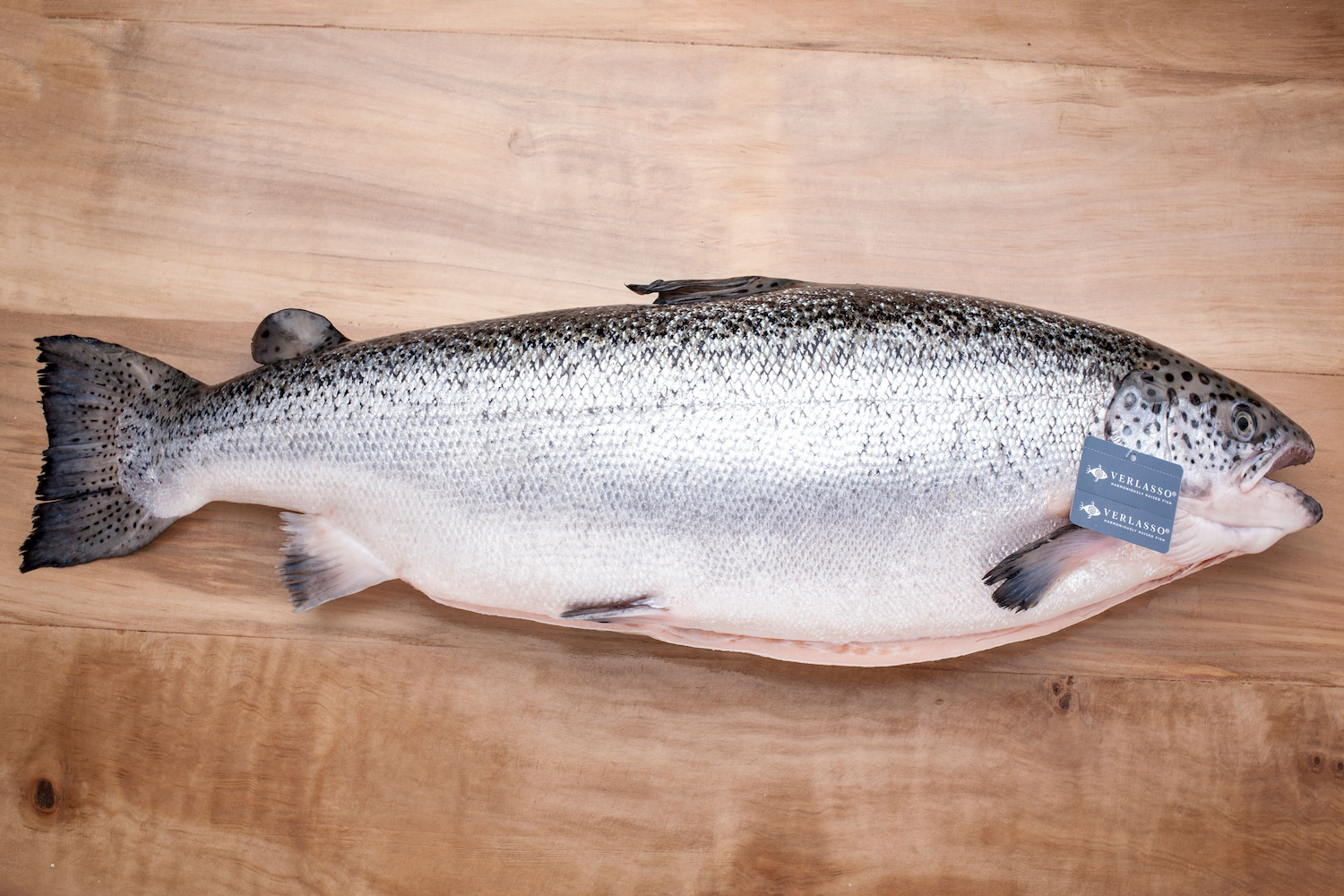North Stars:

Production & Consumption

Community Support

Heritage Value
“People come all the way to Thailand, not only to eat Thai foods, but Thai terroir, our taste of land and sea.“
When Chef Thitid “Ton” Tassanakajohn opened Le Du in 2013, he says it was “unimaginably difficult” to source organic local produce because everything was lumped together in markets at commodity pricing.
“Big companies only grow what is easy for them to raise and to sell,” he says. “But small farmers, they grow what they love and what they want to preserve for the next generations. We are chefs, we need to cook to support them.”
The idealistic young chef began forging relationships with farmers and fishermen, paying them better prices for their higher-quality fruit, vegetables, seafood, and dairy. Over the years, Ton developed a strong network of small Thai agriculture producers, and now other chefs and restaurants have better access to local products, too.
“People come all the way to Thailand, not only to eat Thai foods, but to taste Thai terroir – the taste of land and sea,” Ton says. “This is my duty to my country, and my duty to all local farmers, producers, foragers, and fishermen.”
These five Bangkok restaurants are among the top places to sample the city’s flourishing farm-to-table dining scene.
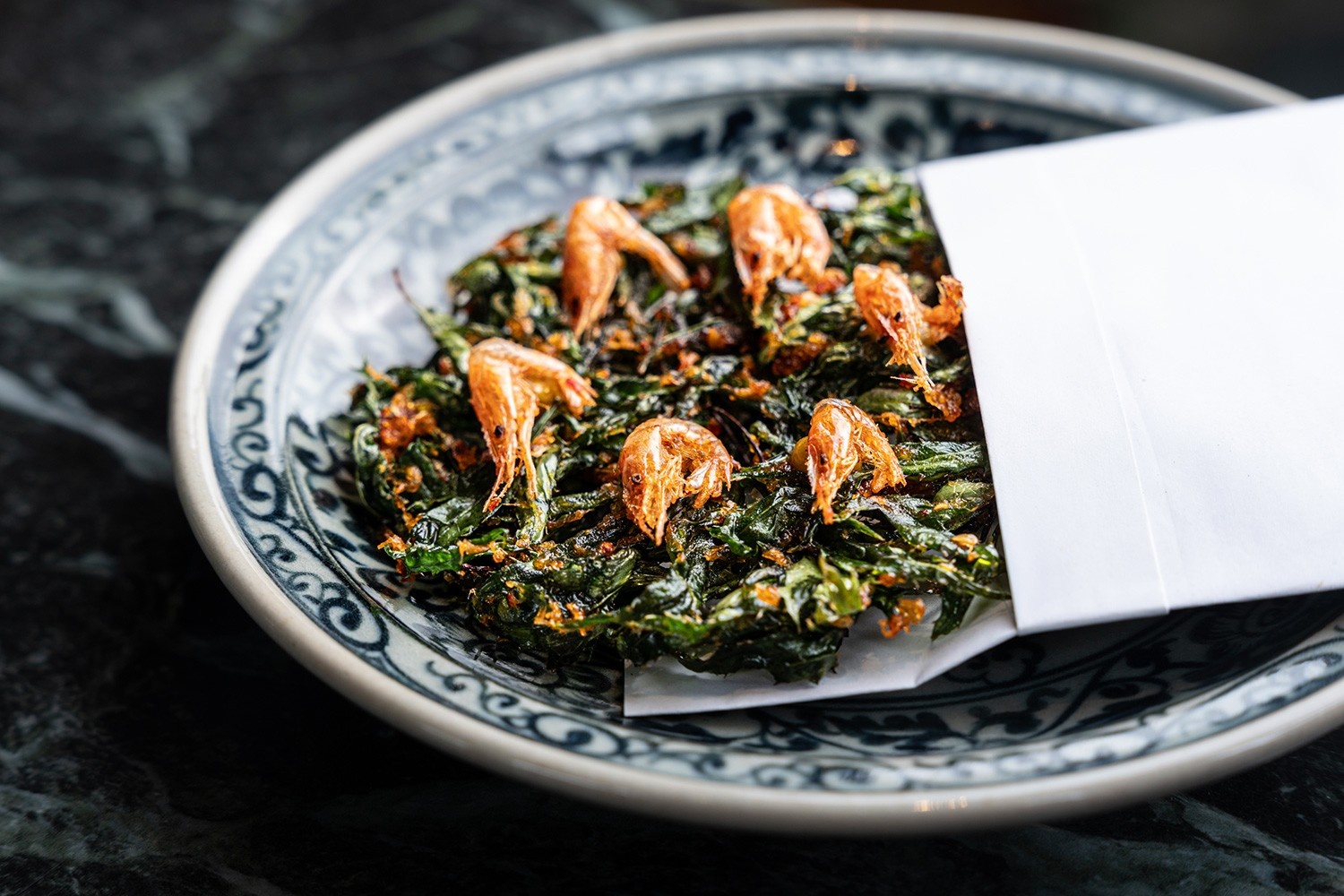
One of the dishes at NUSARA. Courtesy of NUSARA.
Nusara
Chef Ton and his brother Chaisiri “Tam” Tassanakajohn named Nusara after their grandmother, a seamstress known for her excellent cooking at home. Here, they double down on their commitment to serving the highest quality Thai ingredients, from Thai wine and spirits to tropical produce, seafood, meat, spices, and even unexpected delicacies like locally farmed sturgeon caviar.
Guests enjoy a welcome drink in a lounge decorated with rolls of fabric and spools of thread, paying homage to the family matriarch, before being escorted to their table upstairs with sweeping views of the Wat Pho temple complex. Food here is a heartfelt blend of traditional Thai flavors with creative modern presentations. For example, sweet mangosteen with finely sliced squid tentacles comes in the fruit’s purple outer rind, while servers scoop coconut ice cream tableside over warm sago pearls.
Guests get a preview of raw ingredients on silver platters before each course to emphasize the farm-to-table connection. “If I can choose to use beautiful squash from France or an ugly pumpkin grown up in the mountains by the tribe who loves and cares for their forest, I will pick that ugly pumpkin every time,” Ton says.
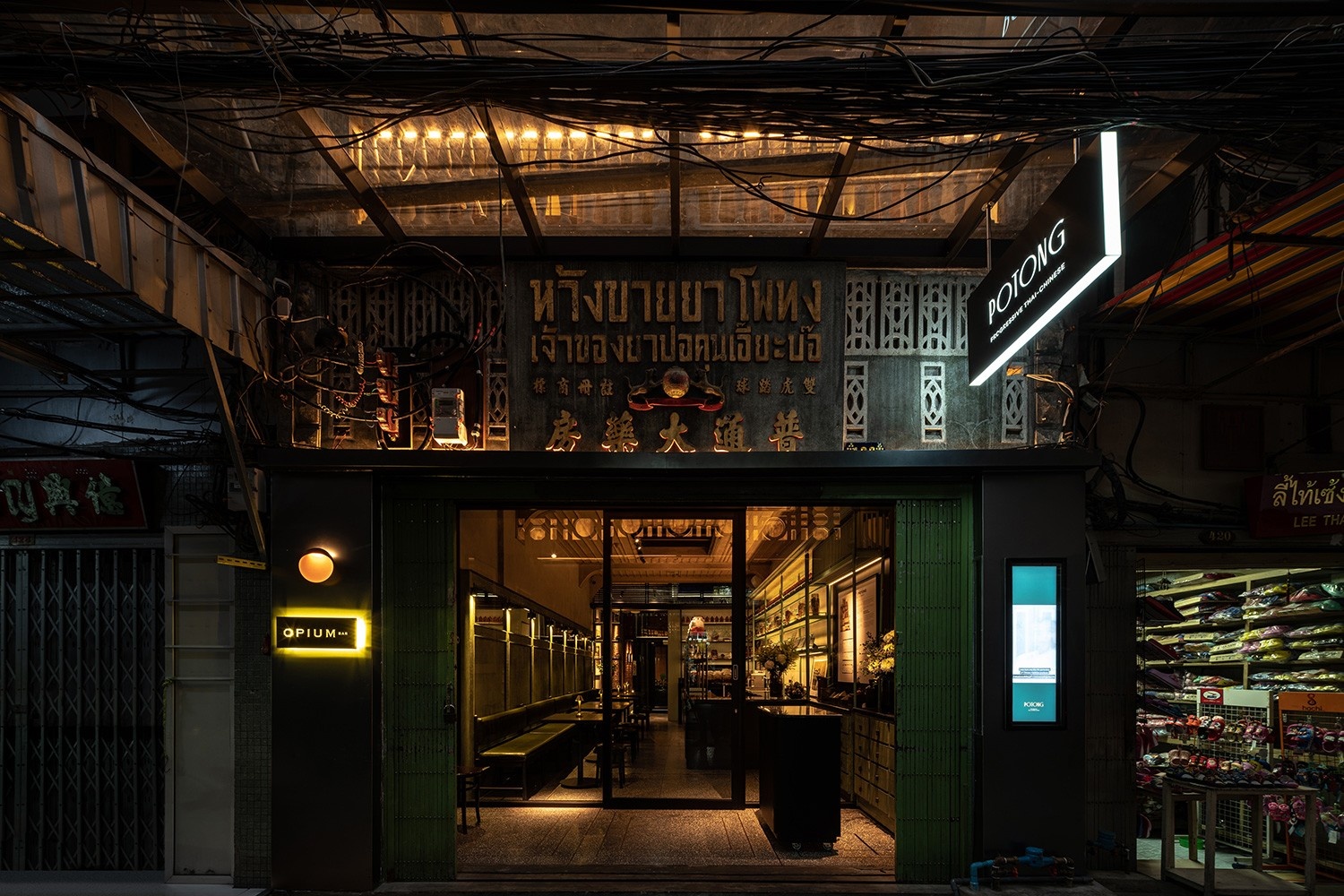
Exterior of Potong. Courtesy of Potong.
Potong
Chef Pichaya “Pam” Soontornyanakij earned the title World’s Best Female Chef in 2025. At Potong, located on a small unassuming side street in Bangkok’s Chinatown, she honors her family’s legacy with her expression of modern Thai-Chinese cuisine. The restaurant occupies a five-story 120-year-old building that Pam’s ancestors once ran as a traditional Chinese herbal apothecary. Classic Chinese medicinal ingredients appear in black foot chicken herbal soup. A patriotic riff on pad Thai features shrimp from Nakhon Si Thammarat, served alongside housemade sato, a Thai sticky rice wine similar in flavor to unfiltered sake.
“Using Thai ingredients isn’t just about sourcing locally,” Pam says. “It’s about putting in the time and effort to really find the best our country has to offer.” She spent months tasting different ducks before finding a farm in Chachoengsao with ideal marbling so the skin renders the perfect amount of fat for her signature main course.
For dessert, she uses Ta Luang Cocoa chocolate from a collective of 40 individual farmers reviving cacao farming in Nakhon Si Thammarat. With it, she makes a rich chocolate mousse with bright tropical fruit notes, layered with oolong and crispy rice.
“These ingredients taste better because they come with purpose,” she says. “When we use them, we’re helping these producers grow alongside us.”

Dining at Phra Nakhon. Courtesy of Phra Nakhon.
Phra Nakhon
Chef de Cuisine Kannika Jitsangworn grew up on a farm in the Ratchaburi province in western Thailand. She recalls being a very fast chili pepper picker as a kid. “We grew heirloom varieties of chilies that have since disappeared,” she says. “I can’t find them anywhere now, and that’s sad to me.”
At Phra Nakhon, Capella Bangkok’s riverside Thai restaurant, she works with small farmers from all over Thailand to source rare and indigenous ingredients for bold Thai flavors. Kannika doesn’t hold back on spice, and dishes are labeled accordingly, with up to three chili peppers for the spiciest, like a Southern-style sour and spicy yellow curry with heart of palm, Phuket pineapple, and wild-caught banana prawns.
“Some of the ingredients I get even surprise my regular Thai guests,” she says. For example, launaea sarmentosa is a nutrient-dense leafy green that grows in sandy soil along the beaches of southwestern Thailand. Wok-fried with garlic and oyster sauce, it’s a delicate and delicious side to accompany curries and rice.

Soft shell crab in green curry tempura at Ōre. Courtesy of Ōre Restaurant.
Ōre
Young Greek chef Dimitrios Moudios opened Ōre, a six-seat chef’s counter in the Sathu Pradit district, in 2024, paying homage to a treasure trove of Thai ingredients, all cooked exclusively with Saiyok Springs mineral water, delivered every other day from Sai Yok National Park.
“Tap water, even filtered, in Thailand has a specific muddy taste and smell,” Moudios says. “Because of the simplicity of our food, the taste of the water impacts us a lot.” According to Moudios, organic produce is much more expensive than conventional produce, but well worth the investment. Building strong relationships with individual farmers has been key to his success.
“There are thousands of ingredients here in Thailand that we haven’t ever heard of or seen in Europe,” Moudios says. “It’s a constant race of trying to experiment and taste all the different things.”
Each of the more than 30 bite-sized courses focuses on a single ingredient. The goal, to showcase Thailand’s terroir, plays out in dishes like fried and hay-smoked pumpkin rolled in crunchy sprouted buckwheat paired with black and white sato rice wine lees sauces. Or a palate cleansing granita supporting sour green chamuang leaves. Tomatoes from Chiang Mai come stuffed with bluefin tuna belly trim, while tempura white asparagus features a side of pickled green mango to squeeze like a lime for a burst of acidity.
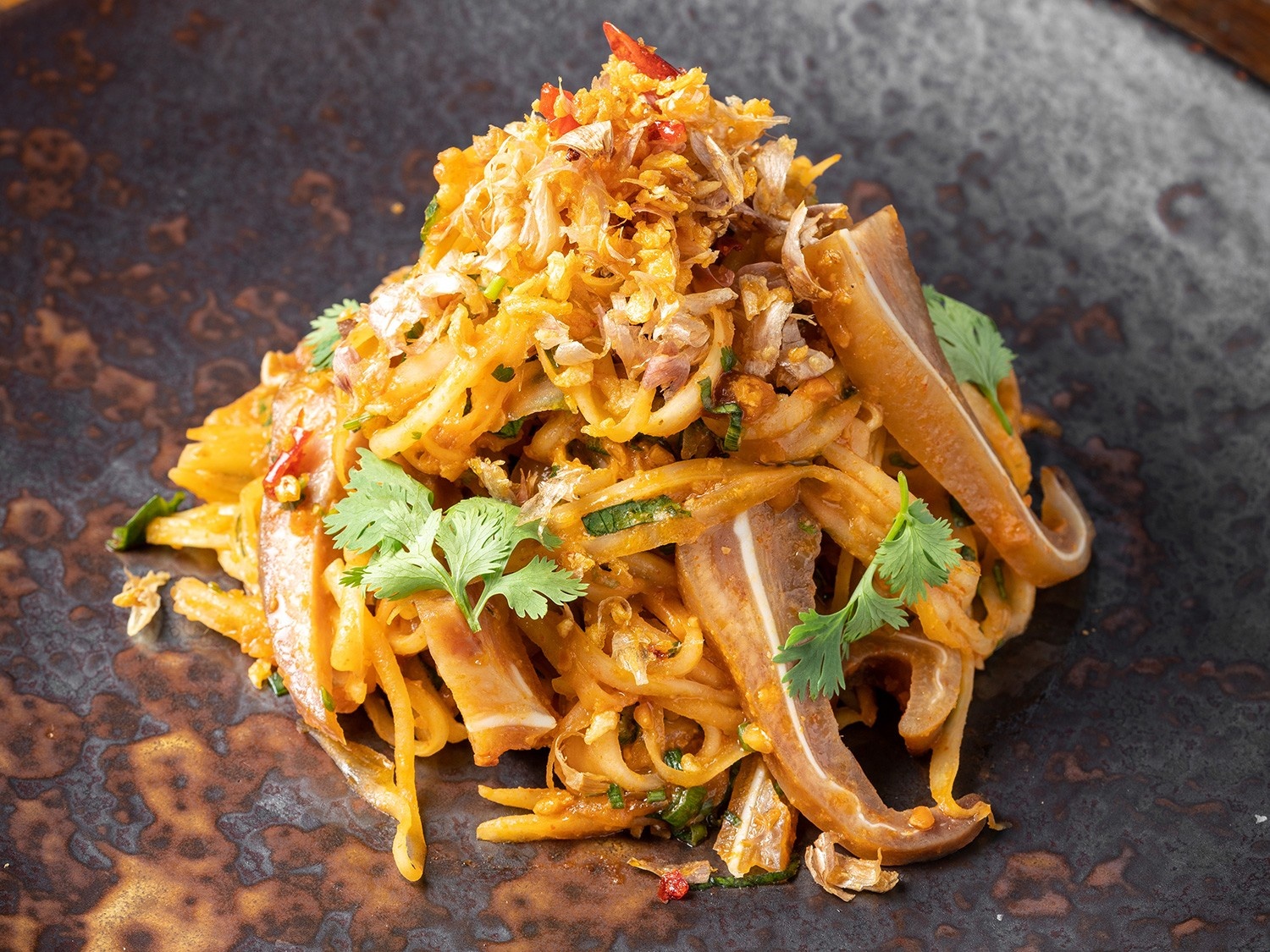
Pig ear salad at 100 Mahaseth. Courtesy of 100 Mahaseth.
100 Mahaseth
This convivial restaurant in Bangkok’s Bang Rak district feels like being invited into a lively family home specializing in Northern and Northeastern (E-san) Thai cuisine. Chef Chalee Kader describes his cooking philosophy at 100 Mahaseth as “root to fruit and nose to tail,” with an emphasis on using every part of an ingredient to minimize waste.
“Using every part of the animal is not only about respecting the animal and sustainability, but it is also a way to preserve culinary cultures and to continue these traditions, which are now sadly fading,” Kader explains.
Kader sources Jasmine Wagyu beef from Farm ArunSupa in the Khonkaen province northeast of Bangkok. Pig carcasses from biodynamic W Taweefarm get broken down at Groco butcher shop for offal, which plays a starring role on Kader’s menu.
At 100 Mahaseth, you’ll find grilled pig’s heart, pig’s blood rice curry, and Myanmar-style papaya salad with pig’s ears, along with fried pork belly, braised pork ribs in shrimp paste broth, marinated pork shoulder with tamarind chili sauce, and crispy pork rinds as a starting snack.

Amber Gibson is an award-winning journalist specializing in travel, food, wine and wellness. Her work has appeared in The Telegraph, Chicago Tribune, NPR, Condé Nast Traveler, Travel + Leisure, Food & Wine, Robb Report, Saveur, Bon Appétit, Fodor’s and Hemispheres. She graduated as valedictorian from Northwestern University’s Medill School of Journalism and received a fellowship to attend the 2017 Wine Writer’s Symposium at Meadowood Napa Valley. Follow Amber on IG @amberyv.
North Stars: Community Support, Heritage Value, Production and Consumption


